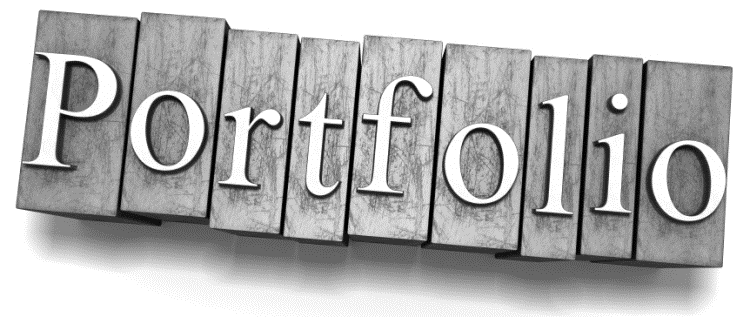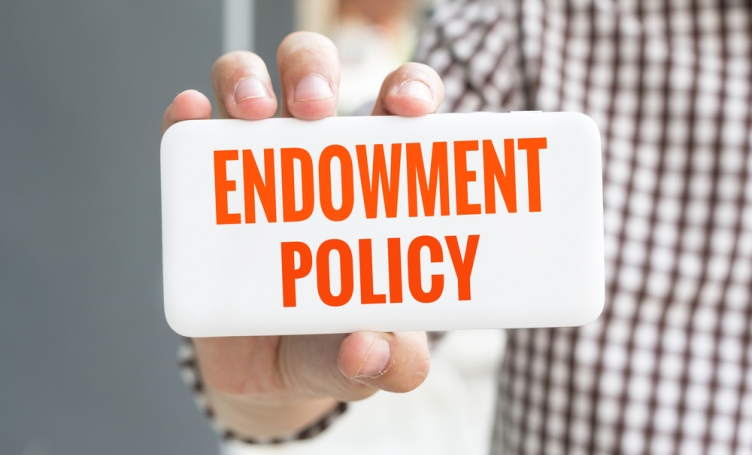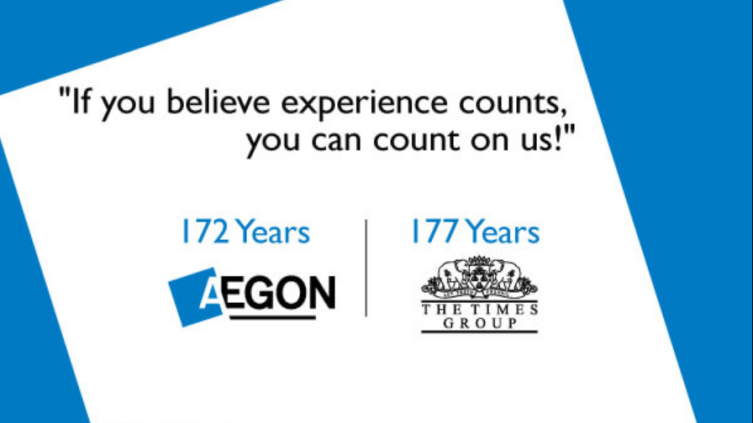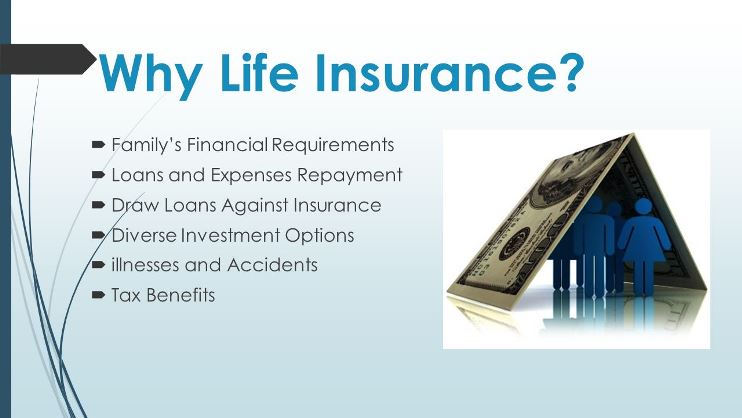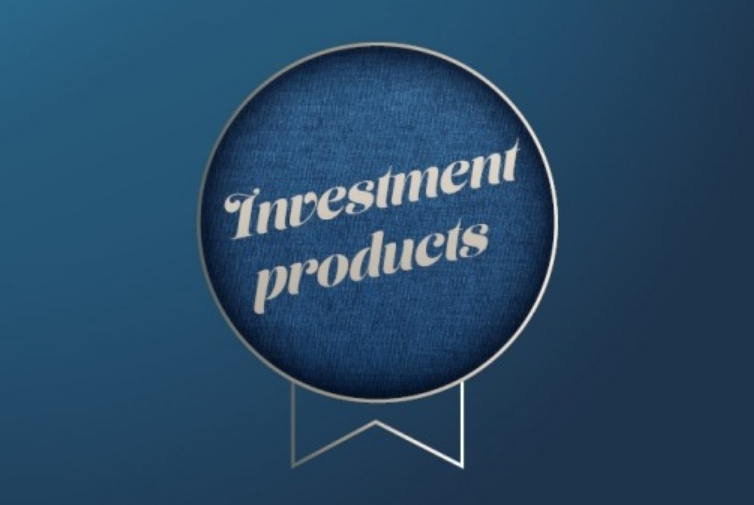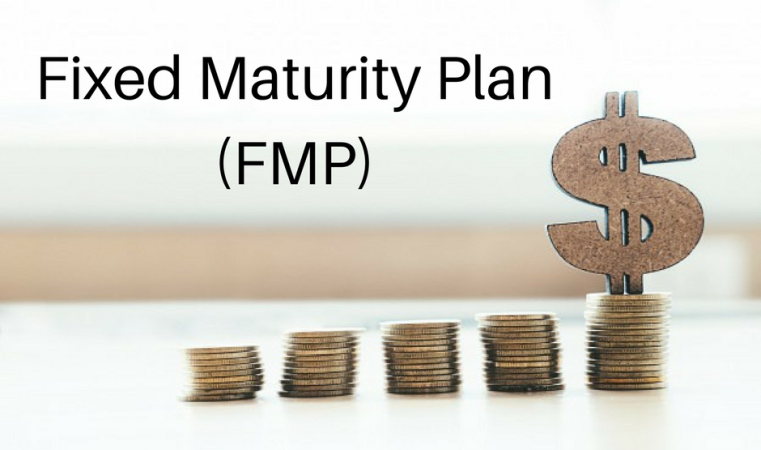In this article I’m going to tell my conversation with one of my friend about investment and different investment tools. We have discussed on both advance and traditional investment tools.
Read this chat conversation with one of my old classmate in Graduation.

“Manish : So where are you going to invest you money this year?
XYZ : May be PPF or Bank FD
Manish : But do you think they would give you good returns? also they would be locked for a long time, don’t you need that money in near future?
XYZ : Not exactly!, actually I can leave that money invested for more than 5 yrs, or may be 7-8 yrs too ..
XYZ : also, But I would like to invest some money in mutual funds … around 20k, May be I need some money to send to my brother for his MBA coaching ….
Manish : hmm.. But I think you should do exactly reverse. Invest this 20k in FD and Rest money in Mutual funds + PPF or only mutual funds.
XYZ : No no, I cant !! I have already lost 50% in mutual funds this time, I cant take risk now, I am fine with less return but a secure one …
Manish : hmm… I told you don’t put all money in lump sum. You never heard !!
XYZ : I invested because I trusted you, I thought you know more than me, but it fell so much … you gave wrong advice at wrong time.
Manish : Don’t you think it was your desire for high returns which made this happen? Equity are risky? I told you this too !!
XYZ : Whatever …
Manish : ok .. np … Consider what I said … good night … 🙂
XYZ : Good night“
What is the problem of these people?
First they need high returns, then they cant wait for long term to get that kind of return. They just hear that equity are risky but don’t believe it, they will make you feel that you are responsible for the crash. They just don’t take responsibility for what they did !!
What I actually told her?
I told her that its OK to invest at these high levels but don’t invest in Tax saving mutual funds as they will be locked for 3 years, also invest less and that too through SIP (What is SIP?), so that it can eat up the volatility and insure less losses if things go wrong.
But the only things on her mind was:
- It will save her tax
- Will give superb returns like it did during 2002-2007 (these are the people who don’t read “Equity investments are risky and passed performance is not guarantee for future performance”)
- If she does SIP and markets goes up and up, she will be buying less units.
This is a classic example of “Overestimating Returns and Underestimating Risk”
How should you do your tax planning for the year?
First thing, if you have not done your tax savings yet, its a bad thing. It should be done at the start of the year itself, at least planned.
If you need money for short term goal, don’t invest in Shares or mutual funds !! Put it in some assured investment instruments like FD.
“Return of investment” is more important than “Returns from investments”.
If you have money which you can invest for long term, invest in Shares or Mutual funds (but only for long term). As per your risk taking capability choose combination of Debt and Equity and invest for the long term …
Why Equity?
Do you know that most of the stocks have beaten down so much that they have come down below than the price they deserve, There value has exceeded there price (Read about Value Vs Price).
Unitech : One of the largest and most respected Real Estate companies has fallen down to levels which are unimaginable !! from 532 to 40-50.
Tata Motors : Nano will be manufactured in some months, every thing looks so good, but people just sold it because of Singur tension (It was fine to sell it , but now its oversold).
There are countless examples like this in current market. Things will go fine, but with patience.
